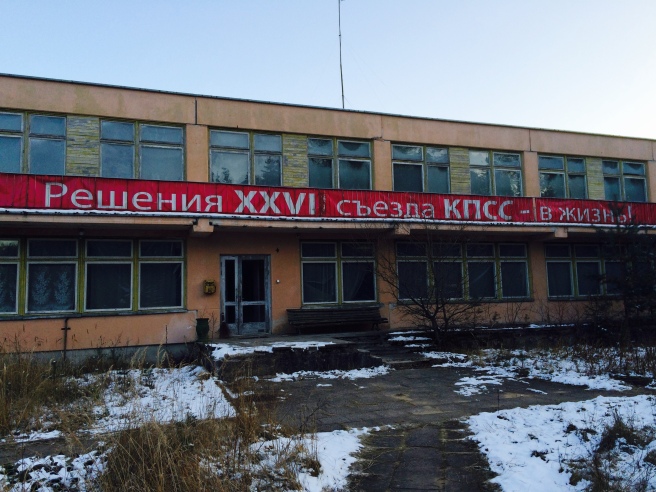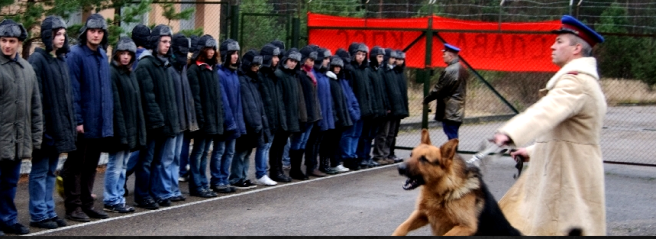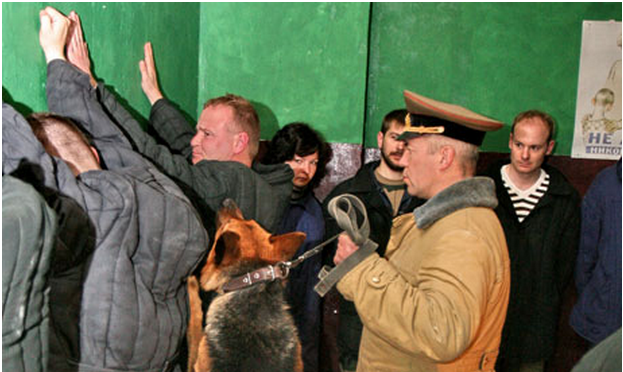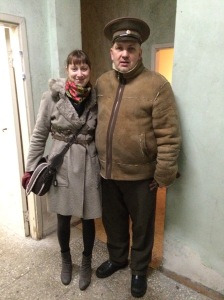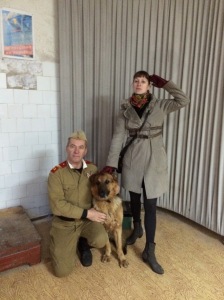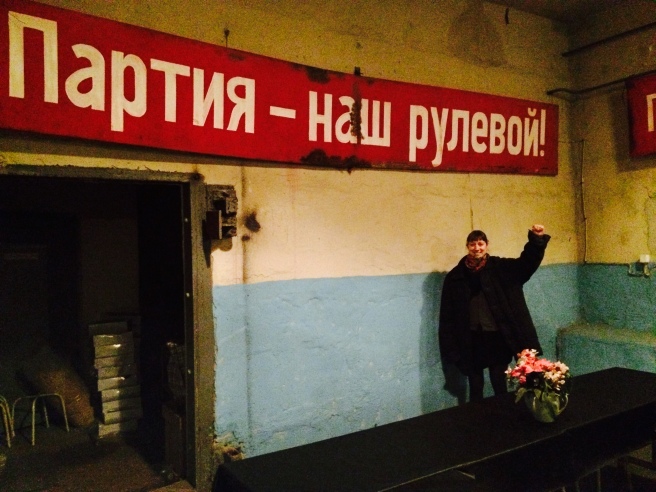Where there is politics, there is propaganda.
The Oxford dictionary defines propaganda as follows: Information, especially of a biased or misleading nature, used to promote a political cause or point of view.
Whilst this is partly true, I believe, based on what I’ve learned during my travels, that this definition itself is a biased and quite denigrating statement for what propaganda actually is. So this post will clarify what I understand under the word propaganda that I intend to use on several future posts of this blog.
“Propaganda is used to promote a political cause”
Propaganda’s actual purpose is very often to increase legitimacy, either of the present, or of a claim for change.
Leaders lacking legitimacy rely on propaganda to justify their authority. They use any link they may have with a previous, charismatic, beloved leader or event, to benefit from a transfer of the positive values associated with him/it.
Examples: around 1370, Timur married a descendent of Genghis Khan to increase his legitimacy. Much later in the 20th century, see the posters where Stalin is shown inspired by Lenin, himself inspired by Marx.
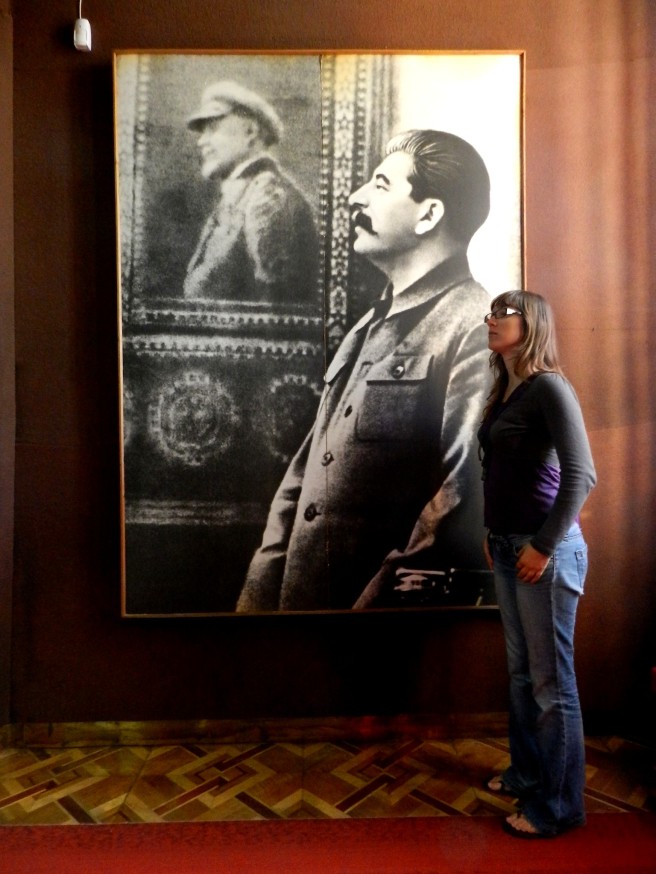
Of course, the Kims apply this technique very thoroughly in North Korea, where every new generation uses the cult of the previous leader to increase his own legitimacy.
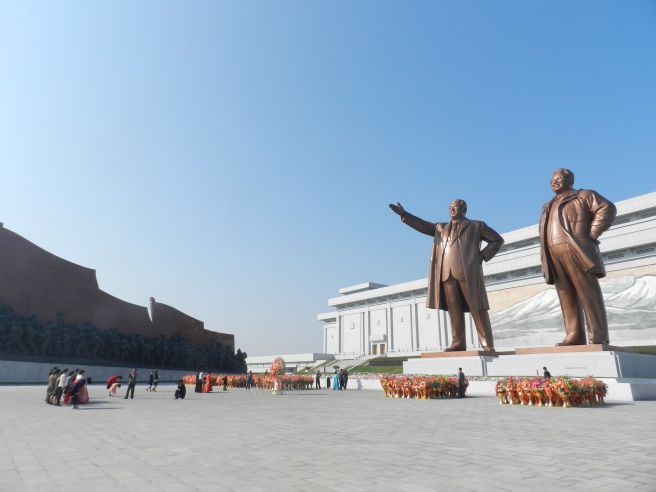
In his novel 1984, George Orwell figured a Party whose motto was Who controls the past controls the future. Who controls the present controls the past.
And indeed, propaganda is often used by politicians as a way to rely on the past to promote a future change. The technique is easy: you search your past to find one Killer Fact that can be used as an argument for a change. This technique is very typical in Eastern and Central European patriotism.
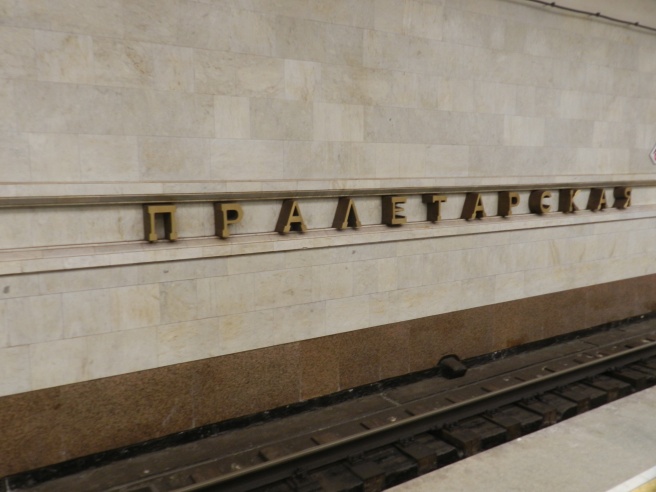
“Propaganda is of a biased or misleading nature”
Further, the Oxford dictionary definition states that the means used for propaganda are especially of a biased or misleading nature. And indeed there are plenty of cases where this is true.
We have already said how a Killer Fact from the past is used to justify a claim for the future. It obviously does not bother the propagandists that the fact is completely isolated from its historical context and meaning: the 600th anniversary of an old battle, like the 1389 one in Kosovo, is an example.
Propagandists can also alter the history to better fit their objectives. Margherita Sarfatti, despite being the number 1 of womaniser Mussolini’s numerous mistresses, re-wrote the Duce’s biography to give him an image more in line with the family values that fascism was promoting. Beria, Stalin’s own bitch, also rewrote Stalin’s biography to glorify his role in the 1917 Revolution, in order to increase his legitimacy.
If some of the history is embarrassing, propaganda just eludes it. The heroes of the 1789 Revolution are celebrated in France; all of them? goodness, no. Controversial Robespierre played a major role in the years following 1789 but is felt as embarrassing in France because of the Terror he installed to defend the Revolution. History needed Robespierre, but posterity didn’t, and that’s how the French official propaganda completely evicted him.
(There are a few towns in France that have a Robespierre street or square, but Paris doesn’t, and it is a never-ending cause of debate)
Erasing Trotsky from the official October Revolution historiography under Stalin goes further, but is actually using the same technique.
If there is not enough history, propaganda just invents it. Macedonia as a nation was missing the national identity it needed to exist on the international market place (it is still struggling for recognition as Greece, EU member, disputes its naming).
Prime Minister Gruevski launched the huge and controversial Skopje 2014 programme to address this issue. Part of the plan consisted in rebuilding some of the city’s past monuments destroyed during the 1963 earthquake. More controversial, they would erect statues of great people believed to be of Macedonian origin
(In the meantime, Macedonia has a new government, shows more goodwill towards Greece, and the Alexander statue faces uncertain fate)
And some of the Skopje 2014, most questionable, simply created new buildings that have nothing to do with any existing history, such as baroque / Greek-style architecture.
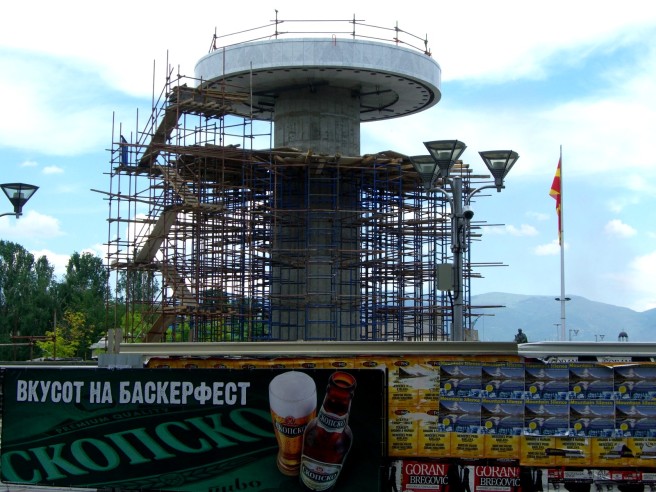
But propaganda does not necessarily rely on distorting the past. Sometimes it is just based on a certain interpretation of the past, and then by definition it is partisan, but not necessarily biased.
Think of what Nations decide to emphasize or not from their past. Which heroes they welcome in their Pantheon; how France reinforced the republican sentiment by naming streets ‘National’ and squares ‘Republic’ in every town of the country.
Think of some choices of vocabulary. Riga’s excellent museum about the period when Latvia was in the Soviet Union is called Museum of the Occupation. Vilnius goes further by naming its equivalent museum Museum of the Genocide Victims.
A memorial fund in Sarajevo also claims the use of the word Genocide (Sarajevo canton fund for construction and preservation of veteran’s cemeteries, memorial centres, and monuments for genocide victims) whereas, to date, the siege of Sarajevo has not legally be named a genocide.
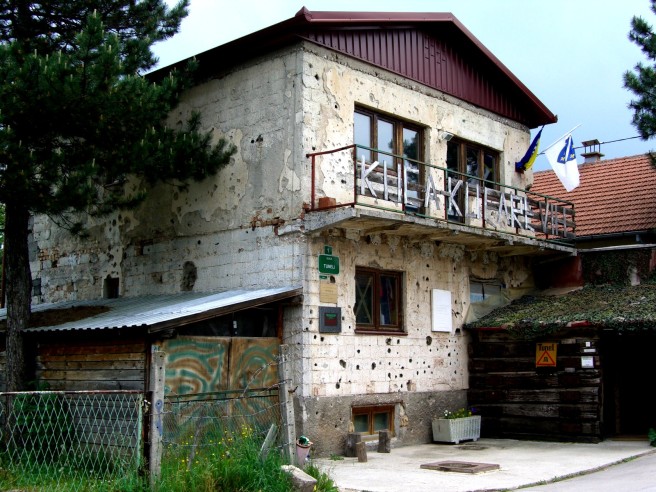
Another example of vocabulary choice to support propaganda is how Russia refers to the Second World War. Russia only considers the part in which the USSR was involved, starting in June 1941, and names it Great Patriotic War, a war to defend the Soviet state against fascism.
The Great Patriotic War is clearly something of the past and completely irrelevant nowadays, when there is no Soviet state and no fascist threat anymore. And yet it keeps being referred to in these terms by modern-day Russia, with 9 May celebrated as the Victory Day – an excuse for vigorous Russian patriotism – whereas what other nations commemorate is rather the end of the war or the memory of its victims (Armistice Day in France, Remembrance Day in the UK, Veterans Day in the US, etc).
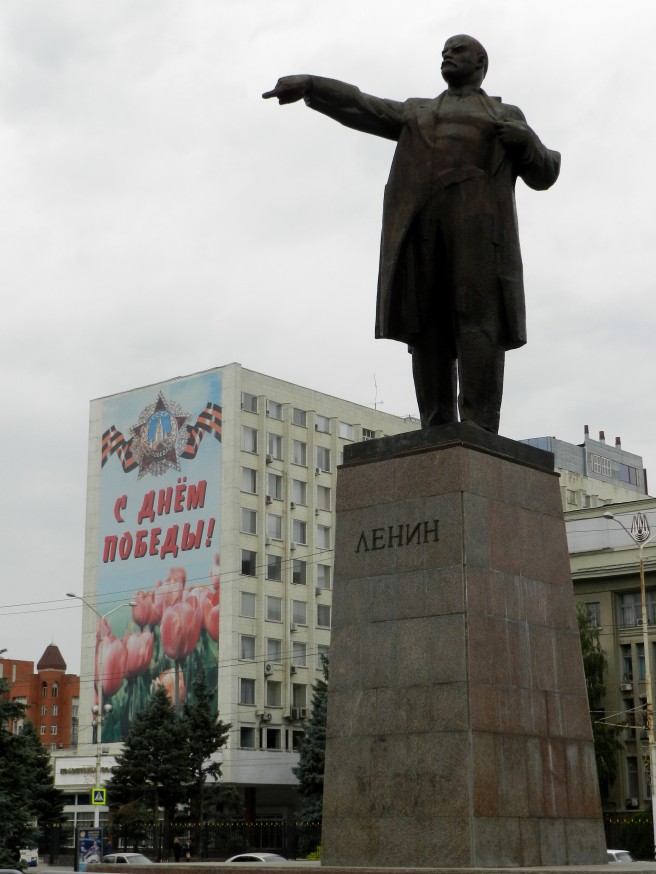
So after all, the Oxford definition is rather simplistic, and quite symptomatic of the typical Western dogma of opposing the evil of the bad dictatorships to the goodness of the Western democracy. But the truth is: everyone does propaganda, by, if not twisting, at least tweaking the reality to support their vision.
So the definition I would give to propaganda is rather a persuasion technique for politicians to make people believe in their present and future challenges’ legitimacy, which implies an interpretation of history that supports this vision – and this applies to all the countries, not just the so-called evil.

